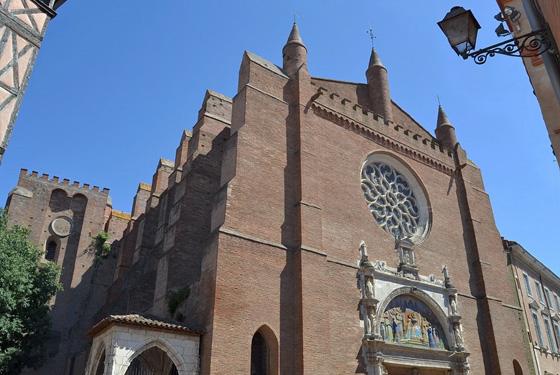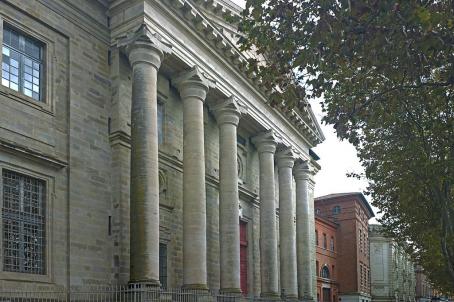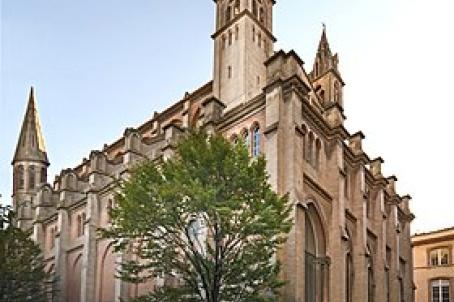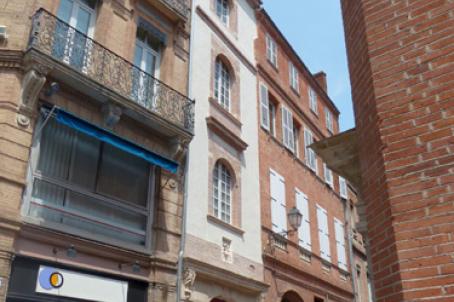Church of Notre-Dame de la Dalbade
The church Notre-Dame de la Dalbade is located rue de la Dalbade in the district of the Carmes in Toulouse. It should not be confused with the basilica of the Daurade on the quay of the same name. Its current name comes from the old church which preceded it and which was covered with a white plaster (lime), giving it the name of Santa Maria dealbata (Sainte-Marie la blanche). The present building, rather austere on the outside, is typical of southern Gothic architecture. The first church stood from 541 to the end of the 15th century on the site of the first oratory. It was destroyed by fire on October 27, 1442 along with the rest of the district. In spite of its disappearance, the current name of the Dalbade (which derives from the dealbata) is preserved.
About this building
The construction of the present church would date from the end of the 15th century, around 1480. Its bell tower signed Nicolas Bachelier (author of the Hôtel d'Assézat and the Pont Neuf) was built in 1551. Symbol of ecclesiastical power, its spire, which was 87 m high, was dismantled in 1795. It was rebuilt in 1881, raised to 91 m, and marked the highest point of the city until 1926. This bell tower was comparable to that of the Cathedral of Sainte-Cécile d'Albi. It collapsed brutally in 1926, causing extensive damage to the surrounding houses. About thirty busts in bossage sculpted by Nicolas and his students are exhibited at the Musée des Augustins in Toulouse. The church, which looks like a medieval fortress with thick walls, narrow openings and a north tower with crenellations, has an Italian Renaissance-style tympanum on the façade, made of ceramics representing a copy of Fra Angelico's Coronation of the Virgin. This flamboyant decoration was made by Gaston Virebent in 18742. The Renaissance portal dates from 1537.






